Learn About Fibroids
About Fibroids
Fibroids are non-cancerous growths that develop from the muscle tissue of the uterus. You may have one fibroid or many of differing sizes which can grow slowly or quickly, or simply stay the same size. If fibroids get too large, you may have painful and debilitating symptoms that make it hard for you to carry on with your normal day-to-day activities.
Who Gets Fibroids?
Fibroids are more common in women ages 30 to 50 years old and occur more often in Black women. They also seem to grow more quickly, arise at a younger age and cause more severe symptoms in Black women.
Fibroid Risk Factors

Factors that increase fibroid risk include:
Higher estrogen levels
Sugary foods
Red meat
Alcohol, especially beer
Hair relaxer
Excess body weight

Factors that decrease fibroid risk include:
Fruits, especially citrus
Vegetables
Dairy
Vitamin D, including supplements
Exercise
Lower stress levels
Fibroid Symptoms
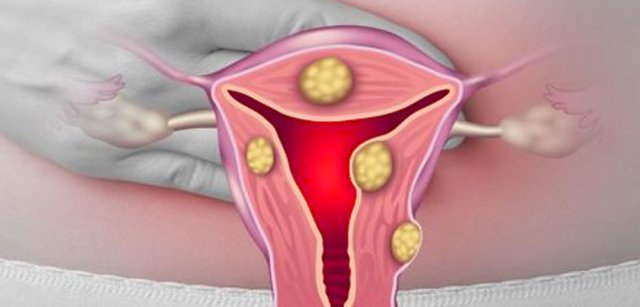
Heavy menstrual periods are one of the most common symptoms of uterine fibroids, with about 30% of women experiencing excessive bleeding during their periods. You may also pass clots, have longer cycles of bleeding and become anemic due to a heavy flow.

Although not all women with fibroids have pain, it is very common for fibroids to cause moderate to severe cramping pain during or between periods. Some women are forced to lose one to two days of work each month because of pelvic pain.
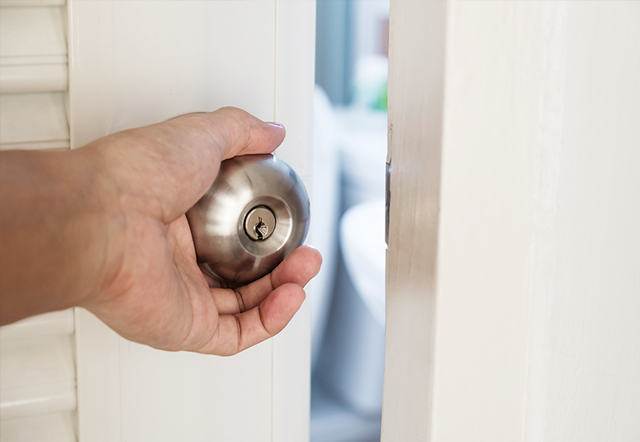
Fibroids that press on the bladder can sometimes make you feel like you have an urgent need to urinate or to get up several times each night to use the bathroom. In severe cases, pressure from a fibroid can make you lose control of your bladder (urinary incontinence).

Pain during sex is common with fibroids. Some women avoid certain positions or intercourse altogether. Fibroids may also trigger bleeding after sex.
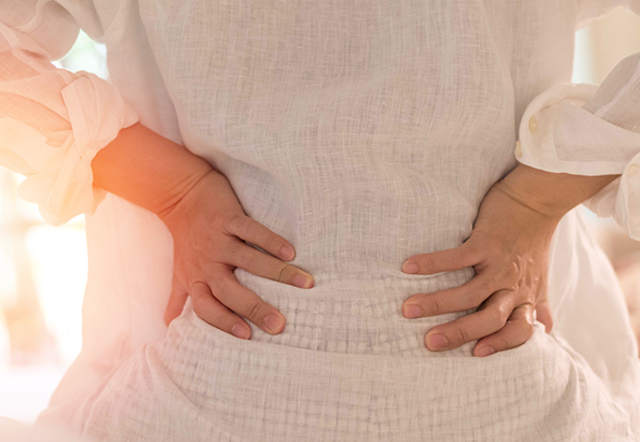
When fibroids press against the back muscles and nerves that come from the spine, you may feel back pain or pain that radiates down your legs.
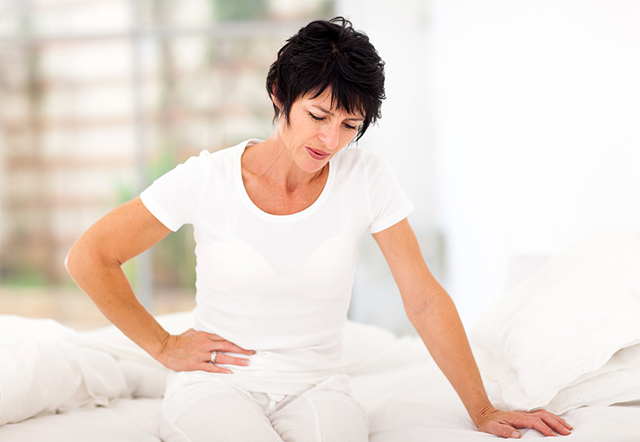
Fibroids that press on the colon or rectum can cause significant bloating or constipation.
Questions about a diagnosis or fibroid treatment in Dallas and Houston metro areas? Schedule a consultation with one of our fibroid specialists.
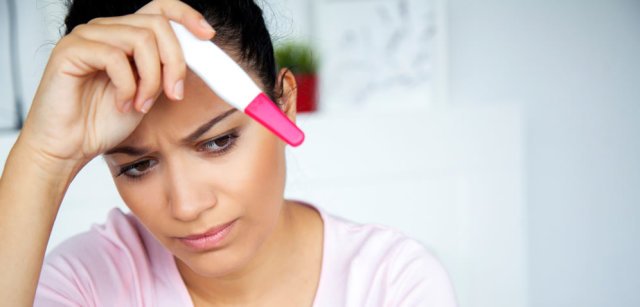
Fibroids can make it difficult for you to get pregnant. Although most women with fibroids can have a normal pregnancy, women with large or numerous fibroids sometimes have a harder time getting pregnant or a higher chance of miscarriage.
Fibroid Diagnosis
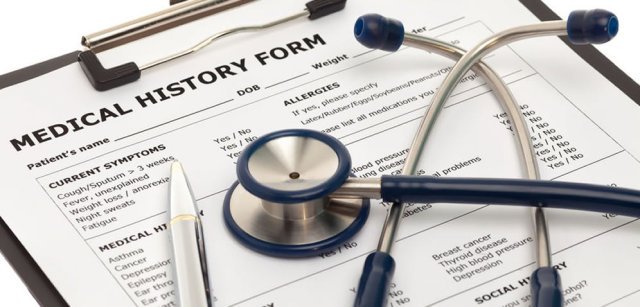
Your doctor or gynecologist can take note of the history of your symptoms and determine if you have fibroids. Fibroids are so common that if you have several fibroid symptoms, your chance of having one or more uterine fibroids is high.
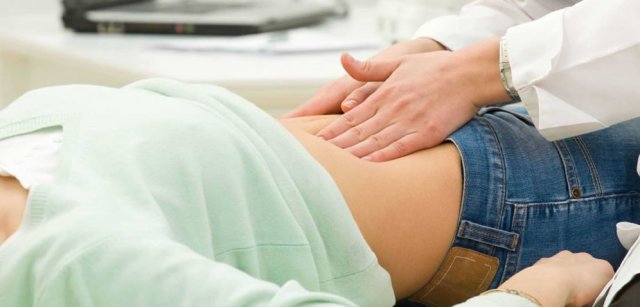
Your doctor or gynecologist may discover one or more fibroids during a routine physical exam. Fibroids often cause the uterus to become larger which a means a doctor that does a pelvic exam may notice if your uterus is enlarged and might even feel the fibroids.
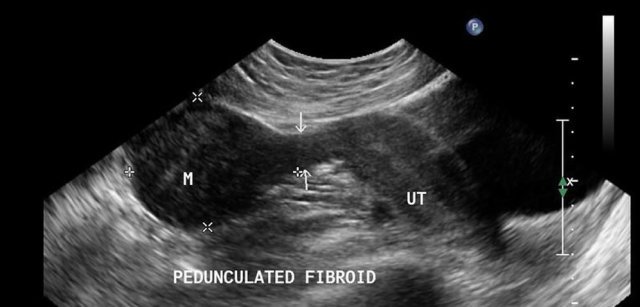
The simplest and quickest way to look for fibroids with imaging is through a pelvic ultrasound. An ultrasound can show if you have fibroids in your uterus and can give an idea of the size of each one.
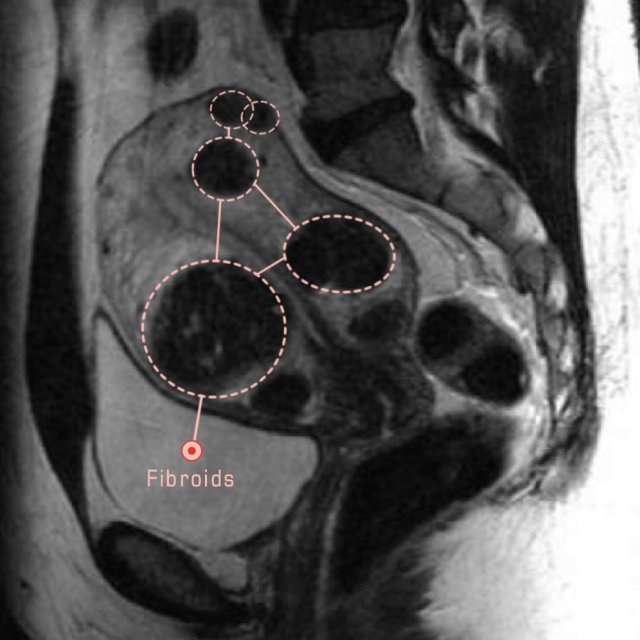
MRI is the best imaging technique to get the most information about fibroids, and it’s what we use at Fibroid Institute before performing Uterine Fibroid Embolization (UFE).
It clearly shows fibroids that are not visible on ultrasound and provides the most detail when it comes to the size and position of the fibroids.
An MRI can also show other potential sources of your symptoms.
Fibroid Treatment Options
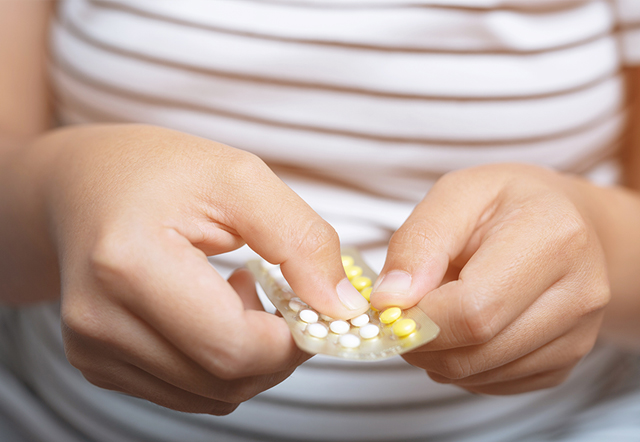
Medications for uterine fibroids usually focus on hormones that regulate your menstrual cycle, including birth control pills, hormone injections and medicated intrauterine devices (IUD). This means they can help some of your symptoms, such as heavy periods and pelvic pressure, but won’t get rid of your fibroids. All these medications prevent pregnancy, and some can cause unpleasant side effects.
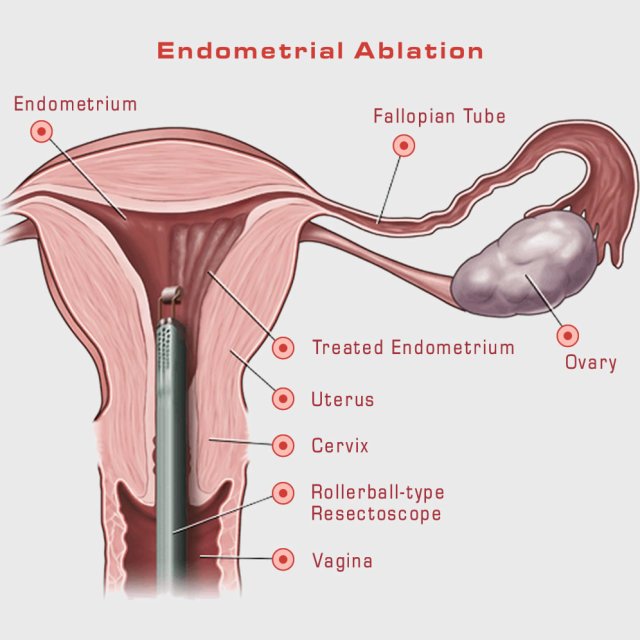
Several techniques exist to remove the inside lining of the uterus, which is the part that causes heavy bleeding. All the techniques involve a gynecologist placing a thin instrument into the uterus through the cervix and using heat, laser, electricity, microwaves or freezing to remove the lining.
This treatment is not used if you still want to get pregnant. It will not shrink fibroids, which means you’ll still have some fibroid symptoms.
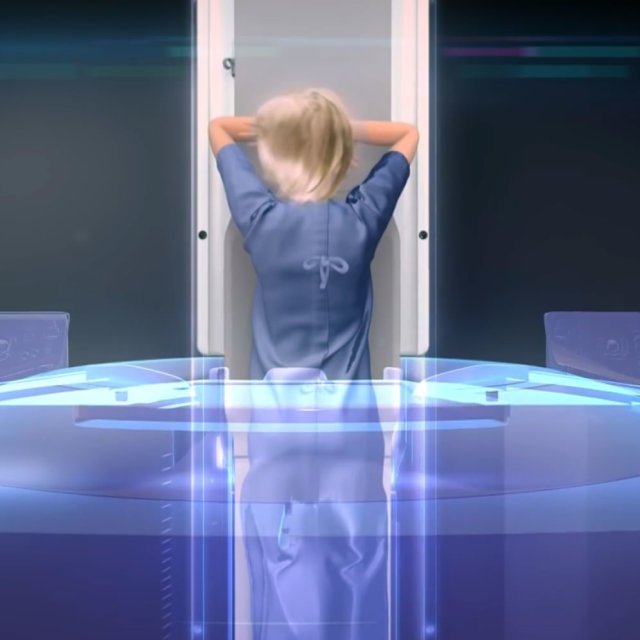
In a MR-Guided Focused Ultrasound procedure, MRI is used to focus an ultrasound beam on a fibroid to break it down. This technique is still being studied and is not widely available. Insurance doesn’t cover this procedure.
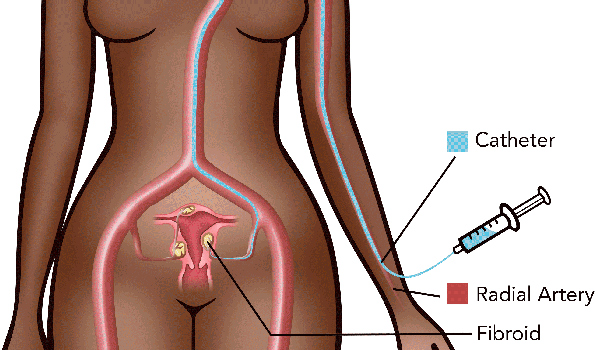
Uterine Fibroid Embolization (UFE) is a minimally invasive procedure that we perform in our clinics at Fibroid Institute. It cuts off blood flow to all the fibroids, causing them to shrink.
UFE is a low risk, minimally-invasive procedure that is an alternative to traditional surgery. With our special pain management protocol, your pain and discomfort is minimal and your recovery time is reduced to days instead of weeks or months.
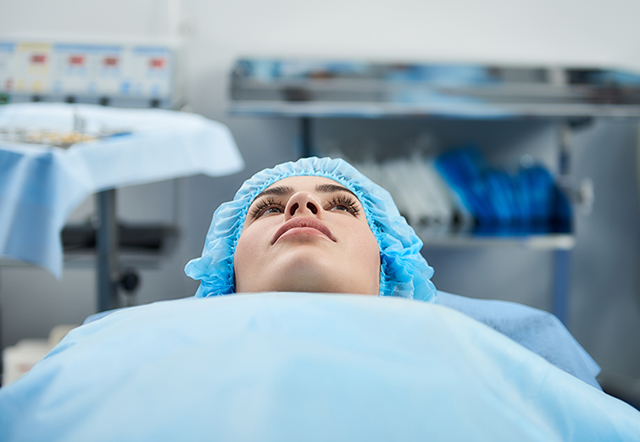
A myomectomy is a surgical procedure to remove the fibroids without taking out the uterus. The size and location of the fibroids determines how this surgery is performed.
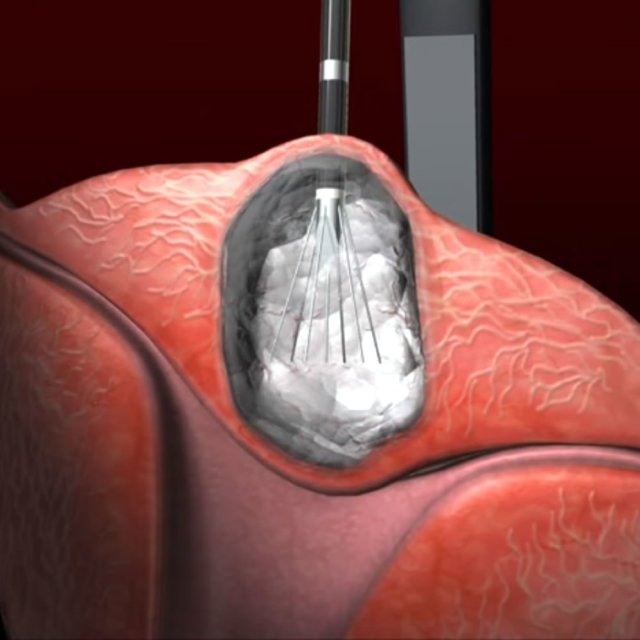
In the Acessa surgical procedure, a small probe is placed into a fibroid and heated up to destroy the fibroid. This procedure is good if you only have a few fibroids.
If you have multiple large fibroids or fibroids that are hard to get to, Acessa is not a good choice. It is also not covered by some insurance companies.
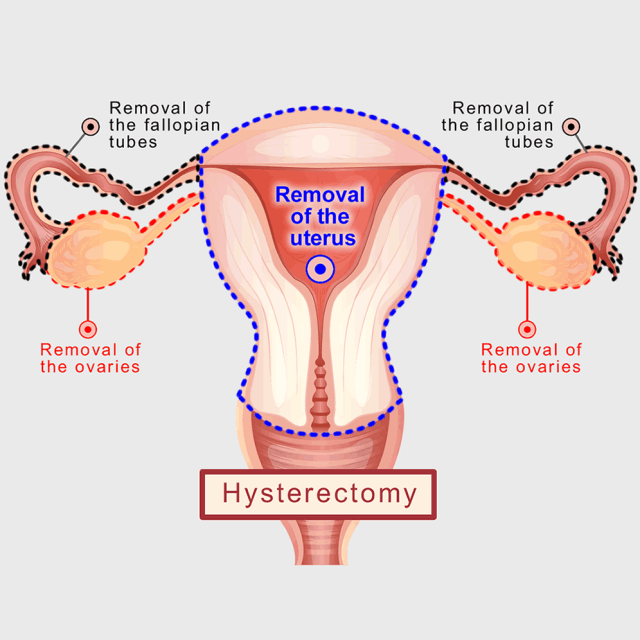
During a hysterectomy, the uterus is removed which also removes all the fibroids.
If the ovaries are left in place, it is called a “partial hysterectomy.” If the ovaries are also removed, the procedure is called a “total hysterectomy.”
Like a myomectomy, a hysterectomy can be performed several ways depending on the size of your uterus and the size and location of fibroids.
